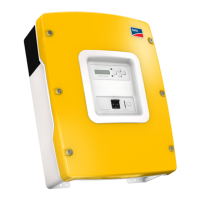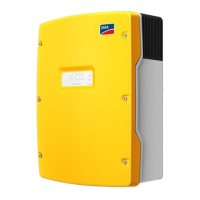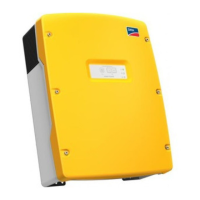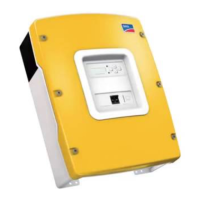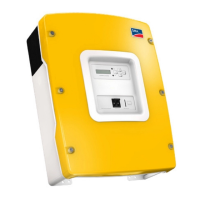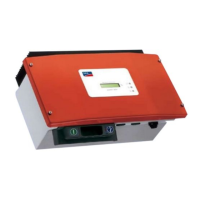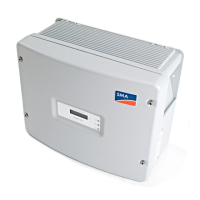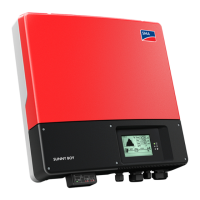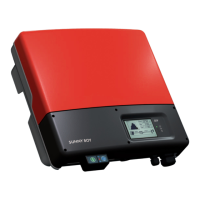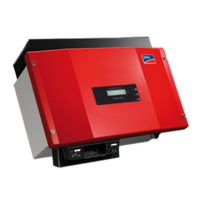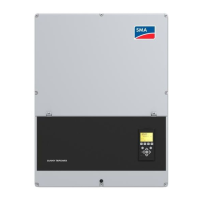What to do if the SMA SUNNY ISLAND 5048-US Inverter Sunny Island does not connect to the running generator?
- MmikeherreraAug 2, 2025
If the SMA Inverter Sunny Island does not connect to the running generator, you can try the following: set the ”#540.02 GnAck” parameter to Ackn; change the setting to autostart, if required; check the return signal (DigIn).
